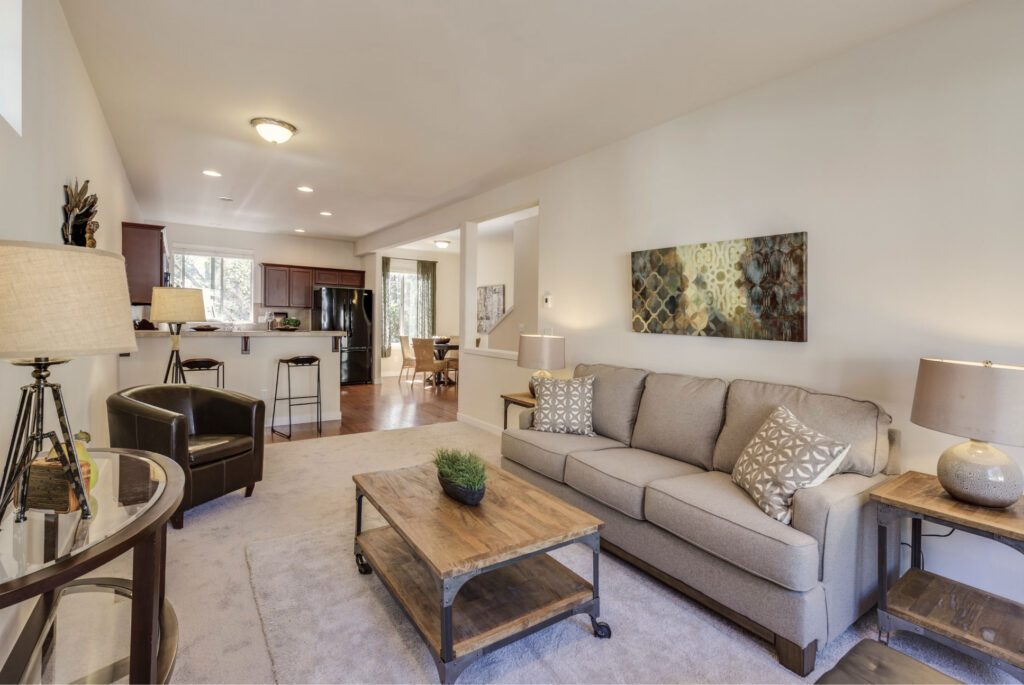Shaping the future of construction
The construction industry is evolving rapidly, embracing new trends that redefine how we build. From sustainable practices to cutting-edge technologies, these advancements focus on efficiency, durability, and eco-friendliness. Innovative techniques like 3D printing and modular construction are reshaping project timelines and costs. Smart buildings with IoT integration offer enhanced functionality and energy savings. Dive deeper to explore how these trends are transforming the future of construction.
1. Sustainable building practices
Sustainability is no longer an option; it’s a necessity. The construction sector is adopting eco-friendly materials like cross-laminated timber (CLT), recycled steel, and low-carbon concrete to minimize environmental impact. Techniques such as energy-efficient designs, solar panel integrations, and rainwater harvesting systems are becoming standard in modern construction projects.
2. 3D printing in construction
3D printing is revolutionizing how we think about building structures. From constructing affordable housing units to creating complex architectural components, 3D printing offers speed, precision, and reduced waste. Companies worldwide are experimenting with 3D-printed homes, promising a future where construction timelines are slashed dramatically.
3. Modular and prefabricated construction
Modular construction involves assembling parts of a structure off-site and then transporting them for on-site assembly. This method reduces construction time, costs, and waste. It’s gaining traction in residential, commercial, and even healthcare projects due to its efficiency and quality control.
4. Smart building technologies
Smart buildings are designed to enhance user comfort and operational efficiency. Technologies like IoT sensors, AI-powered climate control, and automated lighting systems ensure energy optimization. Buildings equipped with smart systems can monitor their performance, detect issues early, and adapt to changing needs.
5. Augmented reality (AR) and virtual reality (VR)
Smart buildings are designed to enhance user comfort and operational efficiency. Technologies like IoT sensors, AI-powered climate control, and automated lighting systems ensure energy optimization. Buildings equipped with smart systems can monitor their performance, detect issues early, and adapt to changing needs.
6. Resilient building design
As climate change intensifies, resilient building designs are gaining importance. These structures are engineered to withstand natural disasters like hurricanes, earthquakes, and floods. Resilient designs prioritize durable materials and structural innovations to protect both occupants and investments.


